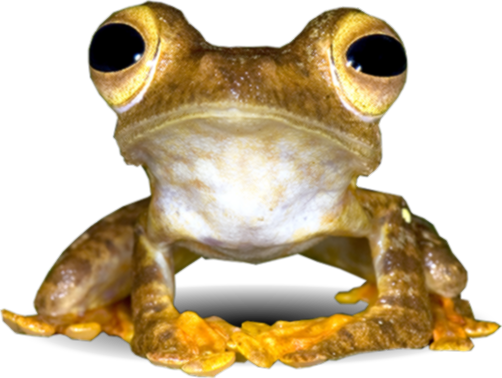The Malayan Sun Bear or Beruang Matahari is scientifically known as Helarctos malayanus and belongs to the family Ursidae. Its common name is based on the U-shaped golden yellowish mark on its chest that resembles the sun. The bear can grow up to 150 cm in length and 65 kg in weight making it the world’s smallest bear.
Helarctos malayanus is a skillful climber with long curved claws that enables it to adapt to a largely arboreal lifestyle. It has the shortest black to dark brown water repellent fur compared to other bears. It also has loose skin which enables it to twist or turn around when being bitten to defend itself against predators. Another remarkable feature of the Malayan Sun Bear is its long tongue that can measure up to 25cm in length which is used to extract grubs and honey from nests. The Malayan Sun Bear is an omnivore; it feeds on fruits, insects, small mammals and birds (Wong et al., 2002).
Among bear species, H. malayanus is the only tropical bear species that inhabits tropical lowland rainforests throughout much of Southeast Asia (Servheen, 1999). It is mainly distributed in the tropical evergreen rainforests of Borneo, Sumatra, and Peninsular Malaysia.
The greatest threat to the Malayan Sun Bear is the wildlife trade. It is hunted for its gall bladder and other body parts which are in demand for medicinal uses by some cultures. Habitat destruction caused by deforestation, land clearance for plantation development and illegal logging are the other major threats to the small, remaining critical population of this species which has been listed by the IUCN as vulnerable (Fredriksson et al., 2008).
